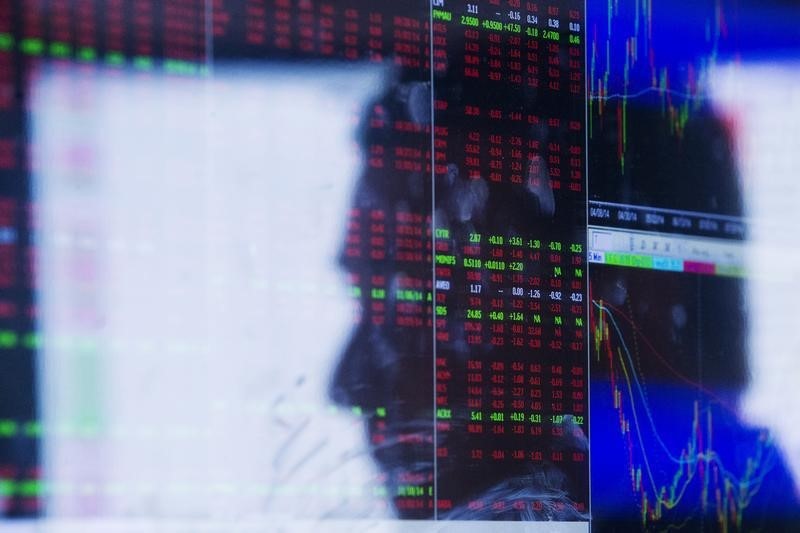This post was originally published on this site
https://i-invdn-com.akamaized.net/news/LYNXMPEB280W7_M.jpg
SYDNEY (Reuters) – Australia’s coveted “AAA” sovereign rating faces growing risks from ballooning debt as the government ramps up spending to support an economy on the brink of its first recession in three decades.
While analysts mostly expect Australia to retain the pristine “AAA” rating for now, they say the surge in debt could see the ratings outlook cut to “negative” from “stable”.
Australian Prime Minister Scott Morrison has pledged A$320 billion ($197.73 billion) in fiscal support to prevent an economic crisis as the coronavirus pandemic shuts companies and leaves many unemployed.
The staggering size of the fiscal package means Australia might have to borrow more than A$300 billion over the next 15 months – 15% of annual economic output (GDP).
“The primary source of concern will be around the fiscal position. The debt burden, on current estimates, looks like almost doubling over the next 12-18 months,” said Damien McColough, Westpac’s head of rates strategy.
“It is our sense that the sovereign’s AAA rating is not under immediate threat but it is certainly nearing limits.”
On its part, global ratings agency S&P had recently said a stimulus package was by itself unlikely to strain Australia’s credit worthiness, adding it believes the government was still committed to medium-term fiscal discipline.
It declined to comment on Tuesday. Moody’s and Fitch did not immediately respond to requests for comment.
S&P in September 2018 upgraded Australia’s outlook to “stable” from “negative” as the budget came close to balance. The government had even projected a surplus for the current fiscal year and next.
While all those predictions are now under water, Australia’s public debt is still in better shape than other developed economies.
Based on 2019 data, net debt to gross domestic product was around 20% compared with 80% for the United States, 70% for the eurozone and almost 150% for Japan.
AMP Capital’s chief investment strategist Shane Oliver said ratings were now “a bit of a relative game” with Australia’s public finances still robust.
“And, I would rather a rating downgrade than a deep depression/recession any day…,” he added.
Economists expect Australia’s unemployment rate to surge above 11% by June while the A$2 trillion economy is expected to shrink by 3% this year. The most recent data showed annual GDP growth of 2.2% in the December quarter while the jobless rate declined to 5.1% in February.

